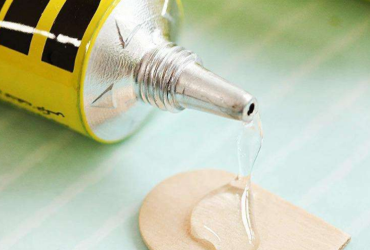Here is the English version of the explanation about cationic and anionic systems and the resins used:
Cationic and anionic systems generally use different resins due to their distinct reaction mechanisms and chemical environments. These systems require resins with specific chemical structures to accommodate their respective curing processes.
Cationic systems rely on cationic polymerization, where strong acids (generated by a photo-initiator) catalyze the ring-opening polymerization of epoxy groups, ether groups, or other suitable functional groups.
Common Types of Resins:
Epoxy Resins:
Examples: Bisphenol A-type epoxy resins, glycidyl ether-type resins (AGE).
Advantages: Low shrinkage, excellent adhesion, and chemical resistance.
Oxetane Resins (OXL):
Known for their high reactivity in cationic polymerization, suitable for low-temperature curing.
Vinyl Ether Resins:
Highly reactive; often combined with epoxy resins to improve flexibility and lower curing temperature.
Glycidyl Esters:
Example: Glycidyl acrylates, suitable for acid-sensitive high-gloss coating applications.
Anionic systems involve base-catalyzed reactions, such as the anionic ring-opening polymerization of epoxy resins or hybrid systems involving free-radical/anionic curing.
Common Types of Resins:
Bisphenol A-Type Epoxy Resins:
Similar to cationic systems but cure under basic conditions via base-catalyzed ring-opening.
Polyurethane Resins:
In special applications, polyurethane prepolymers can be hydrolyzed and cured under basic conditions.
Acrylate Resins:
Suitable for hybrid systems combining free-radical and anionic curing mechanisms.
| Characteristics | Cationic System Resins | Anionic System Resins |
|---|---|---|
| Reactive Groups | Epoxy, ether, vinyl ether groups | Epoxy, hydroxyl, acrylate groups |
| Catalyst Type | Acidic catalysts (photo-acids or strong acids) | Basic catalysts (amines or hydroxyl ions) |
| Curing Speed | Generally slower, especially at low temperatures | Faster reaction, but sensitive to environmental factors |
| Shrinkage | Low (due to cationic epoxy polymerization) | Moderate (especially for acrylate-based systems) |
| Sensitivity to Environment | Sensitive to moisture; water can inhibit curing | Sensitive to acidic environments; acids inhibit curing |
| Resin Adjustment | Often paired with reactive monomers (e.g., vinyl ethers) | Often mixed with various functional compounds for performance adjustment |
Cationic Systems:
Avoid resins with acid-sensitive groups (e.g., amines, esters).
Sensitive to moisture; dry environments are required for proper curing.
Anionic Systems:
Avoid resins that are unstable in basic environments (e.g., esters prone to saponification).
Sensitive to acidic conditions, which can inhibit the reaction.
In some cases, cationic and anionic systems can be combined in hybrid curing systems. For example:
Epoxy Acrylates: These resins have both epoxy and acrylate functionalities, allowing dual curing mechanisms (cationic and free-radical polymerization).
This combination can achieve better adhesion, chemical resistance, and curing speed.
If you have specific application requirements (e.g., target performance, substrate, curing conditions), we can further explore suitable resins or optimize formulations. Let me know!
#uvresin #resin #resinart #uvresincraft #uvresinjewelry #resincharms #resincraft #uv #crafting #metalcrystals
#Lencolo


2022-08-03




2025-01-06